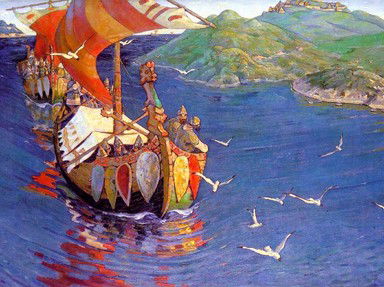Quiz Answer Key and Fun Facts
1. Once called Christiania
2. Located at the northern end of a fjord
3. Viking Ship Museum
4. The Nobel Peace Prize is awarded there
5. Sends Christmas trees as a gift to London and Washington DC
6. Its name means "merchants' harbour"
7. Located on the island of Zealand
8. Tivoli Gardens
9. Connected to Malmö by the Øresund Bridge
10. Home to Noma and other Michelin-starred restaurants
11. Built on 14 islands
12. Largest urban area in the Nordic countries
13. Vasa Museum
14. More than one third of its population has a foreign background
15. Ferries connect it to Finland and other locations on the Baltic Sea
Source: Author
LadyNym
This quiz was reviewed by FunTrivia editor
agony before going online.
Any errors found in FunTrivia content are routinely corrected through our feedback system.
